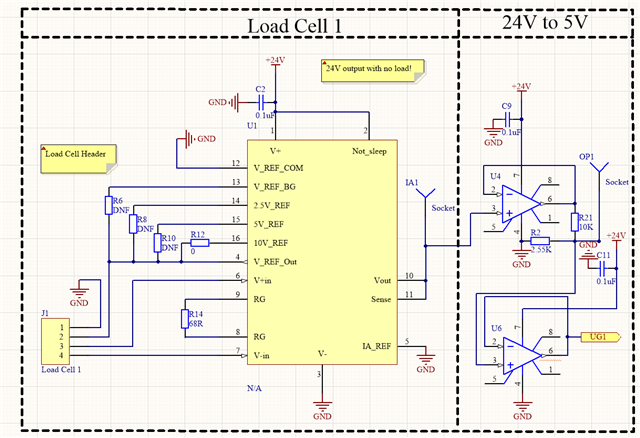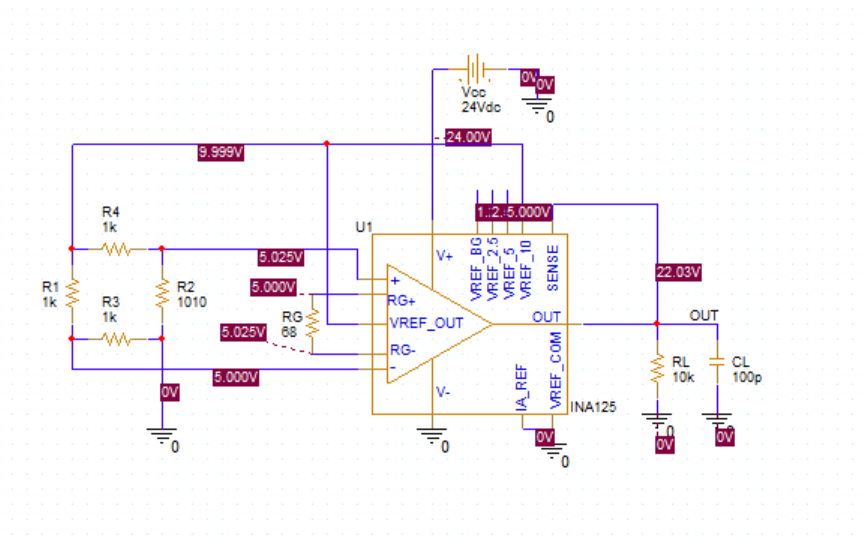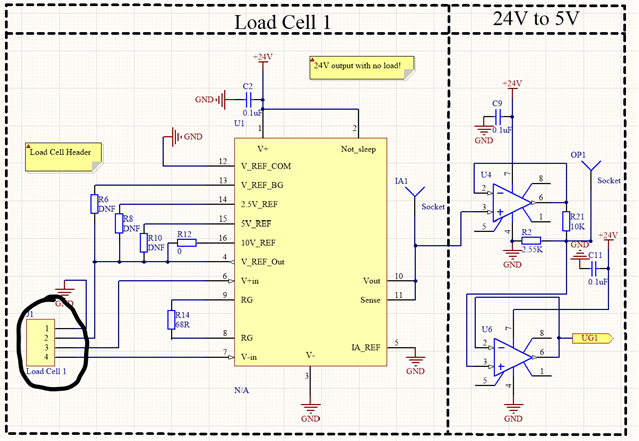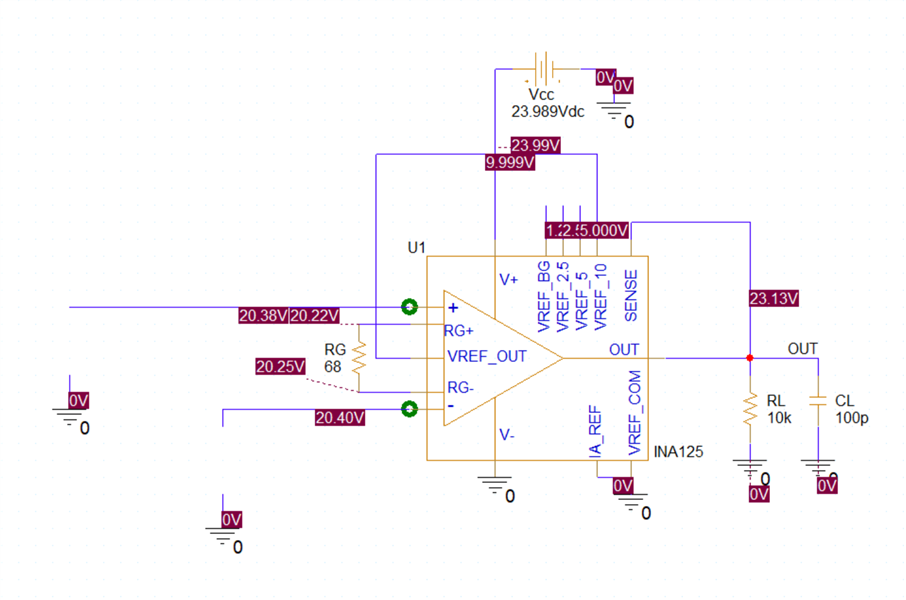Hi All
Can someone help me to understand the difference between the following part numbers?
INA125U36AFF3K
INA125U36AFF5K
INA125U36AFF9K
I am trying to understand if this would affect the results I am getting when using these parts in my circuit of whether it is something else. Your help in this matter would be greatly appreciated







